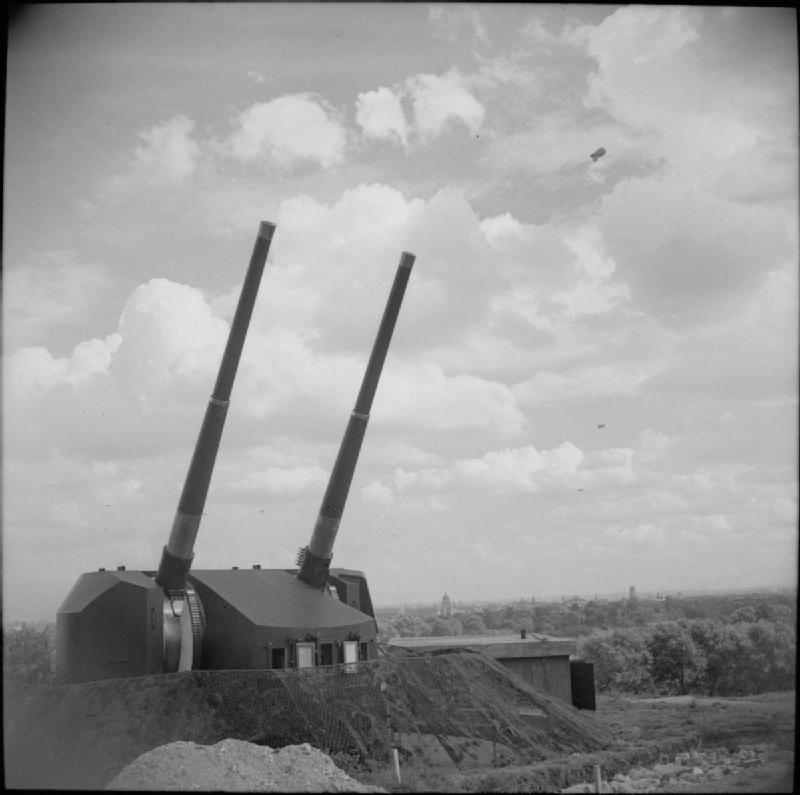Just a thought if the wing and tail plane of the Whitley ...... At least by the looks of it the C.26/31 would make a half decent parachute training aircraft, a lot better that the cramped Whitley any which way.
The Whitley did do good service with Coastal Command OTL
——————————————————————————
Good eye!
By 1944, WALLIES concluded that 2 yard high by 1 yard (2m x 1m) side door was as the minimum practical size for dropping paratroopers. See Douglas C-47 (DC3) half cargo door.
If paratroopers jump with heavy (up to 100 pounds) leg bags or rucksacks, they need to stand with their spines vertical. Any door less than 6 feet tall guarantees spinal injuries before they leave the plane.
Bloche MB220, Bristol Bombay, DH Flamingo and Handley-Page Harrow were all in the same weight and performance range as Douglas DC2 .... an excellent place to start building airliners.
As for Bloch MH220 only carrying 16 passengers .... that is probably a “luxury” airliner configuration. Seating varies widely depending upon comfort levels.
In comparison, DC3 only carried about 14 in “sleeper” configuration, but 26 to 31 in airliner service. I have flown in a (stripped) DC3 carrying 40 skydivers! Yes, we were cramped, but we were all skinny, all wearing the latest in (1980) skydiving gear and it was a short flight to 12,500’.
As for wing spars bisecting cabins ..... a nuisance in a passenger plane like a Boeing 247, but less important the larger the airplane grows. A huge airliner merely needs two doors to access the forward and aft cabins seperately.
Modem airliners solve the problem by installing wing spars under the cabin floor to eliminate the hump. Externally, that positions the wings’ bottom skin level with the bottom of the fuselage.
